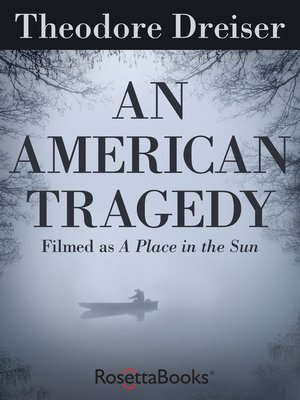

By the time his second novel, Jennie Gerhardt (1911), was published, he had influential support from such writers as Frank Norris (who had earlier championed Sister Carrie), H. Because of its erotic and moral frankness, its own publishers suppressed the book in 1900.įailing as a journalist in New York, Dreiser next turned to magazines, hoping to treat his assignments more imaginatively than newspapers permitted. Here Dreiser began his first novel, Sister Carrie, a pioneering work in American literary naturalism. In Pittsburgh, he discovered the novels of Balzac.Īt the age of twenty-three, Dreiser moved to New York, where his brother (Paul Dresser) was a popular songwriter. He drifted from the Globe to other newspapers in the Middle West and finally got a job with the Pittsburgh Dispatch. Also like Clyde Griffiths, he left alone for Chicago, without finishing high school, and worked at odd jobs.Īfter a year at Indiana University, Dreiser became a reporter for the Chicago Globe and hoped to enter the homes of luxury and beauty instead of looking in through their bright windows. His parents were poor and rootless, and, like Clyde Griffiths, his protagonist-victim, Dreiser spent much of his youth tortured by dreams of girls, wealth, and high society.

The twelfth of thirteen children, he was born in Terre Haute, Indiana, in 1871. Theodore Dreiser's beginnings were not auspicious. Although Theodore Dreiser never received the Nobel Prize for literature, he is recognized today as a genuine American literary pioneer, and his massive An American Tragedy is acclaimed as one of the most important novels in American literature.


 0 kommentar(er)
0 kommentar(er)
